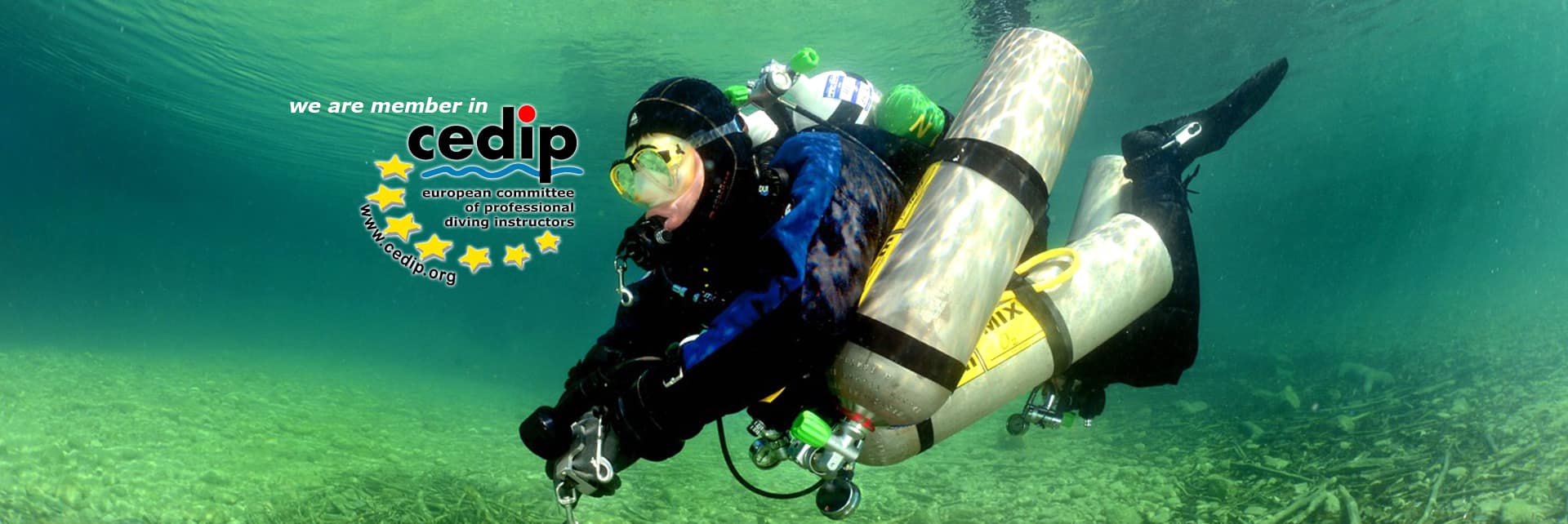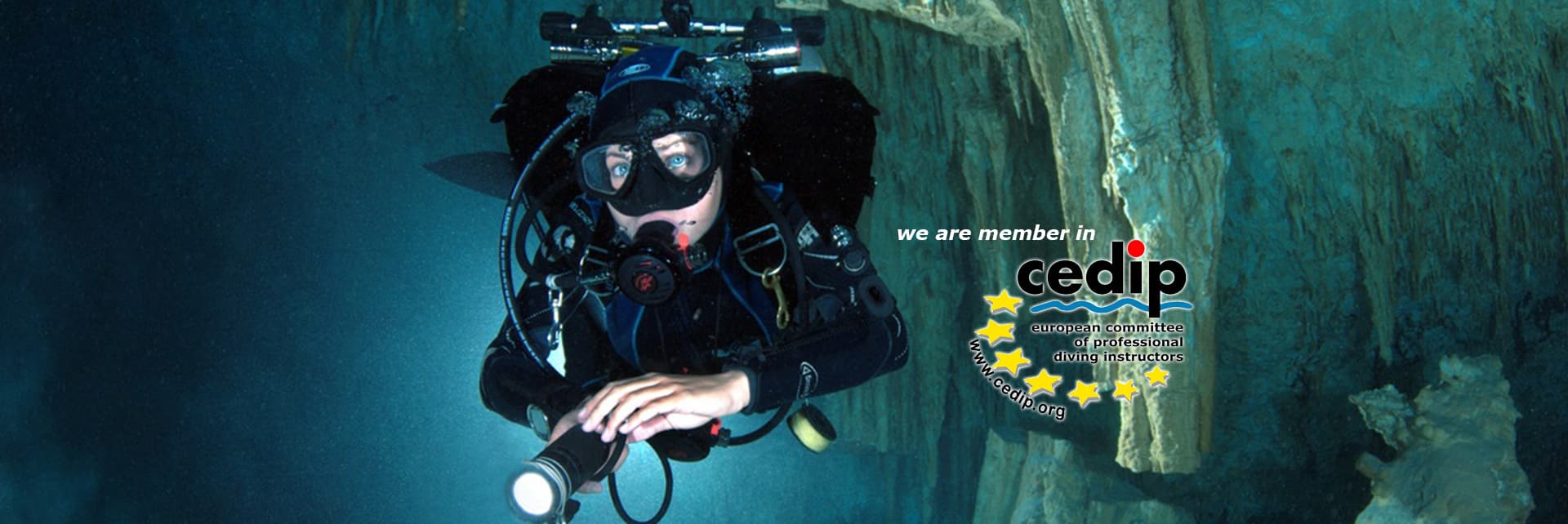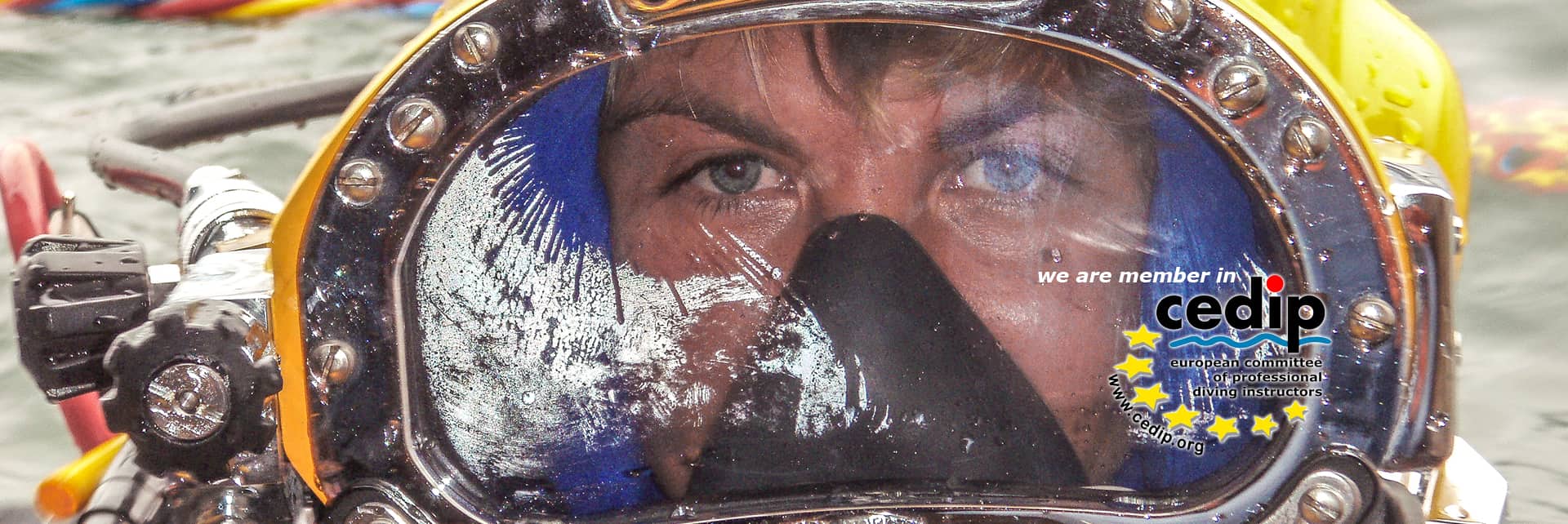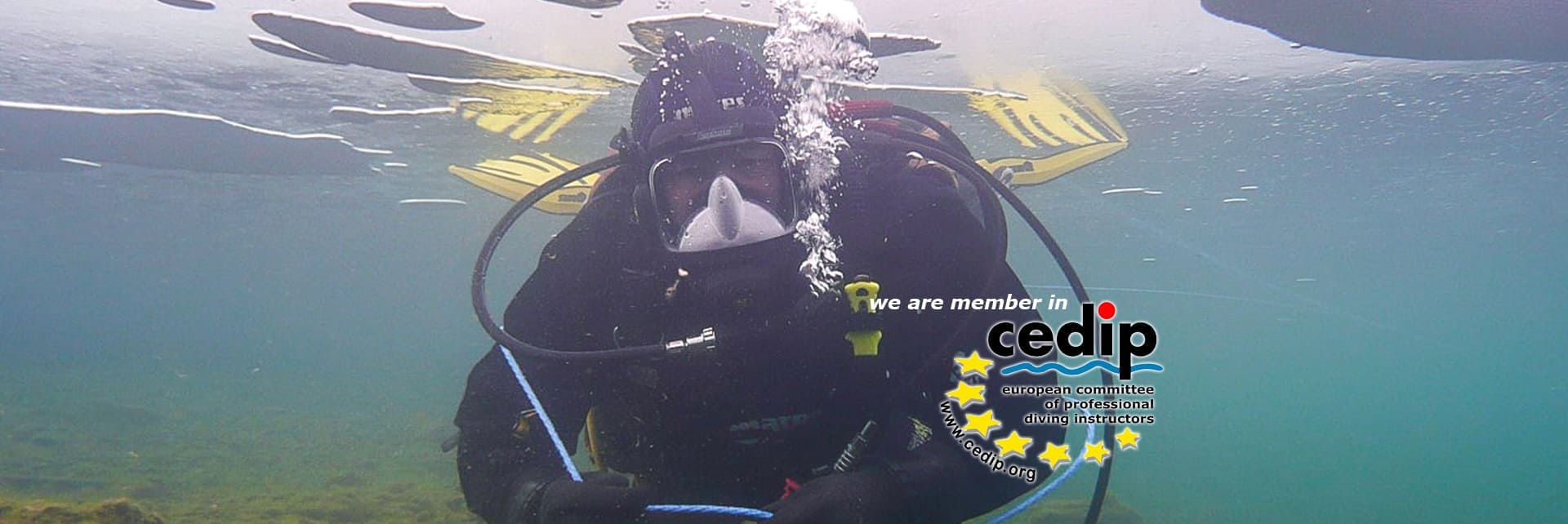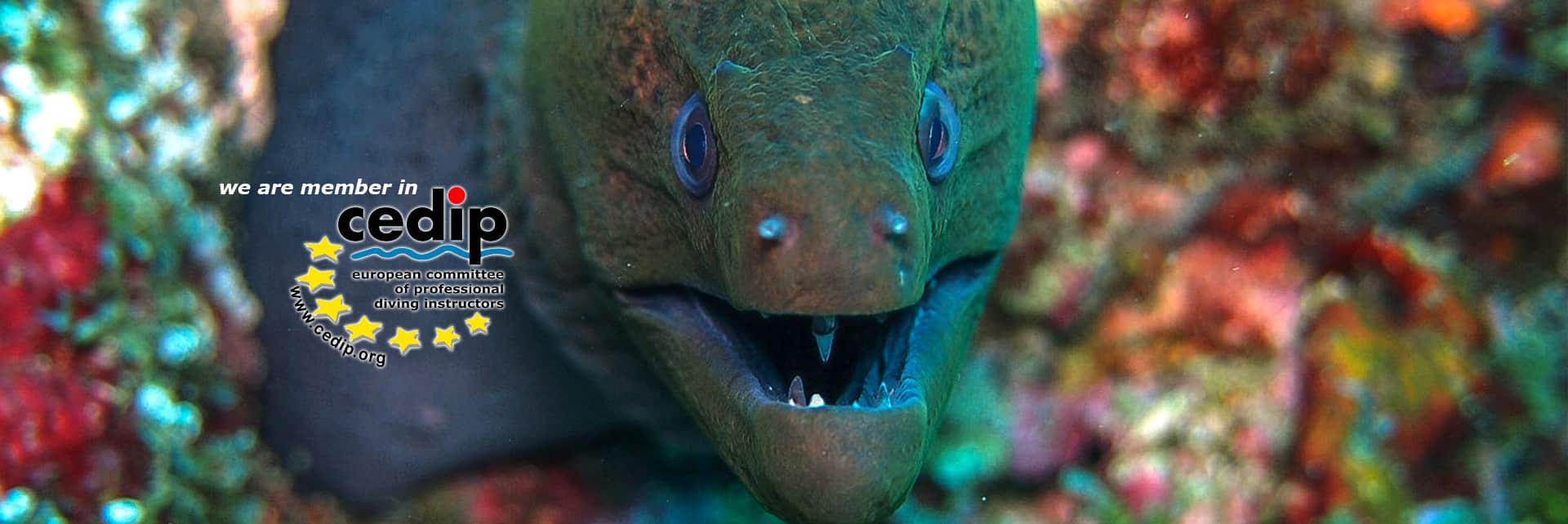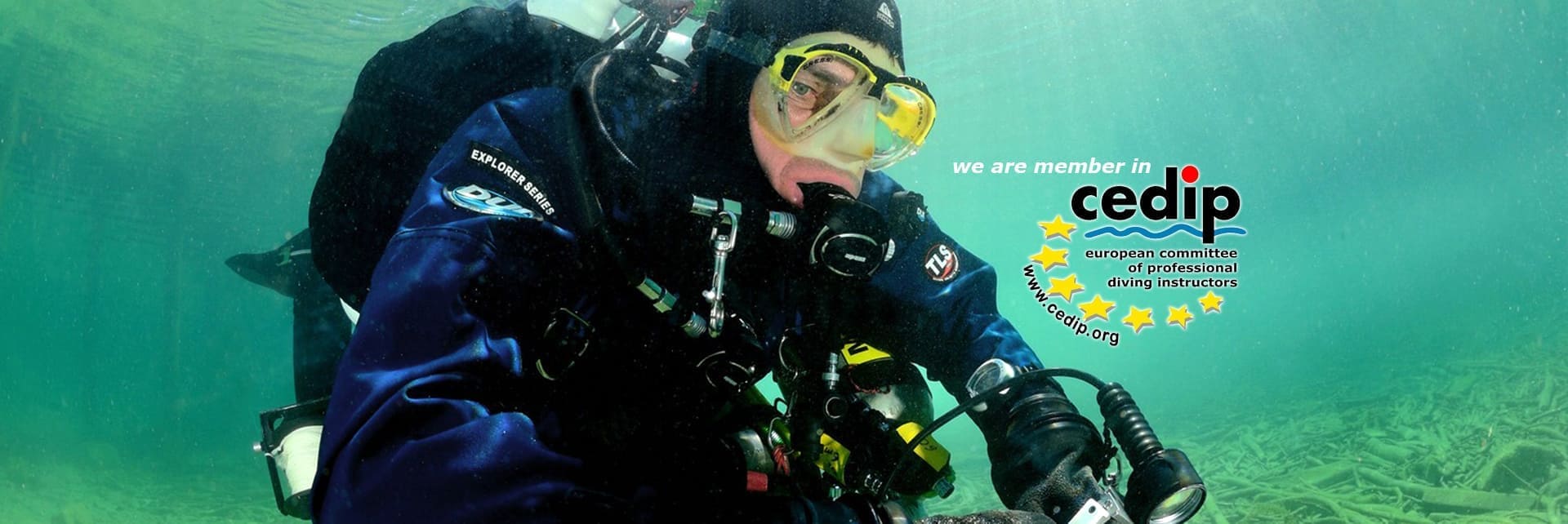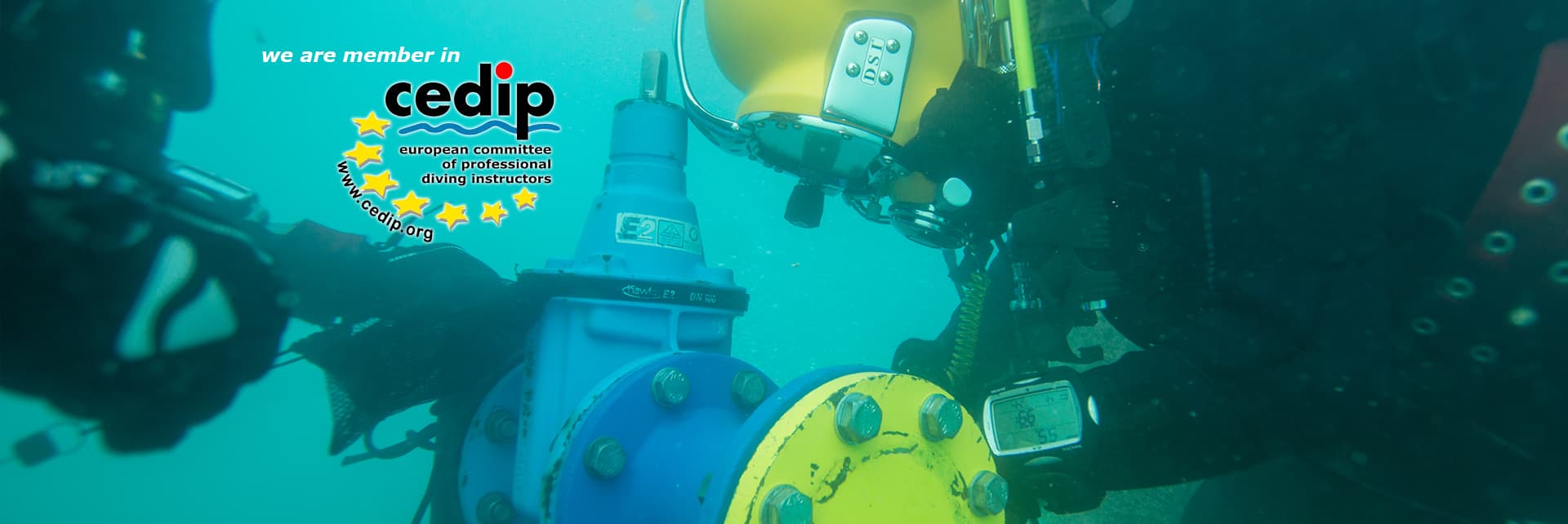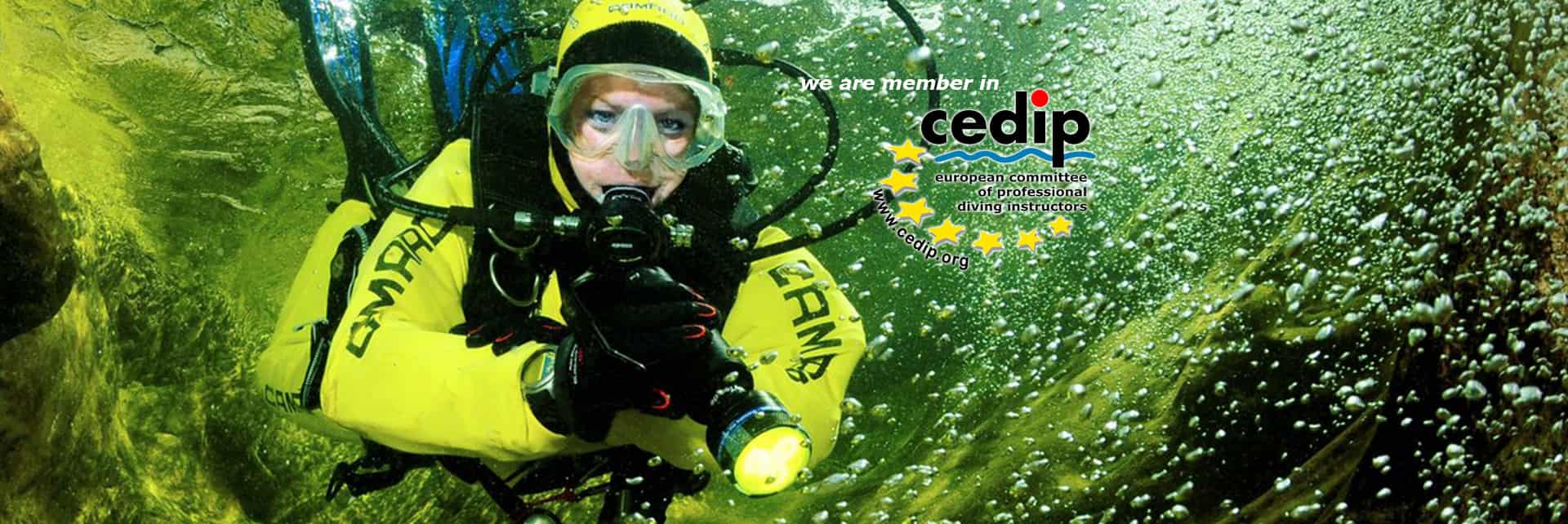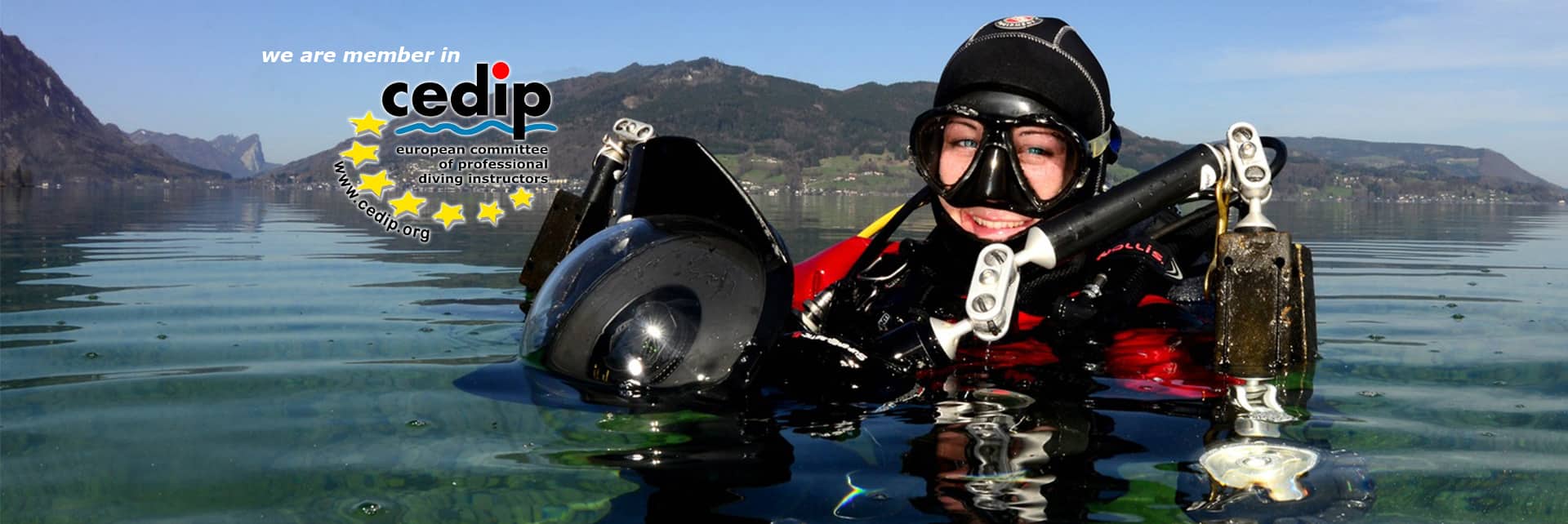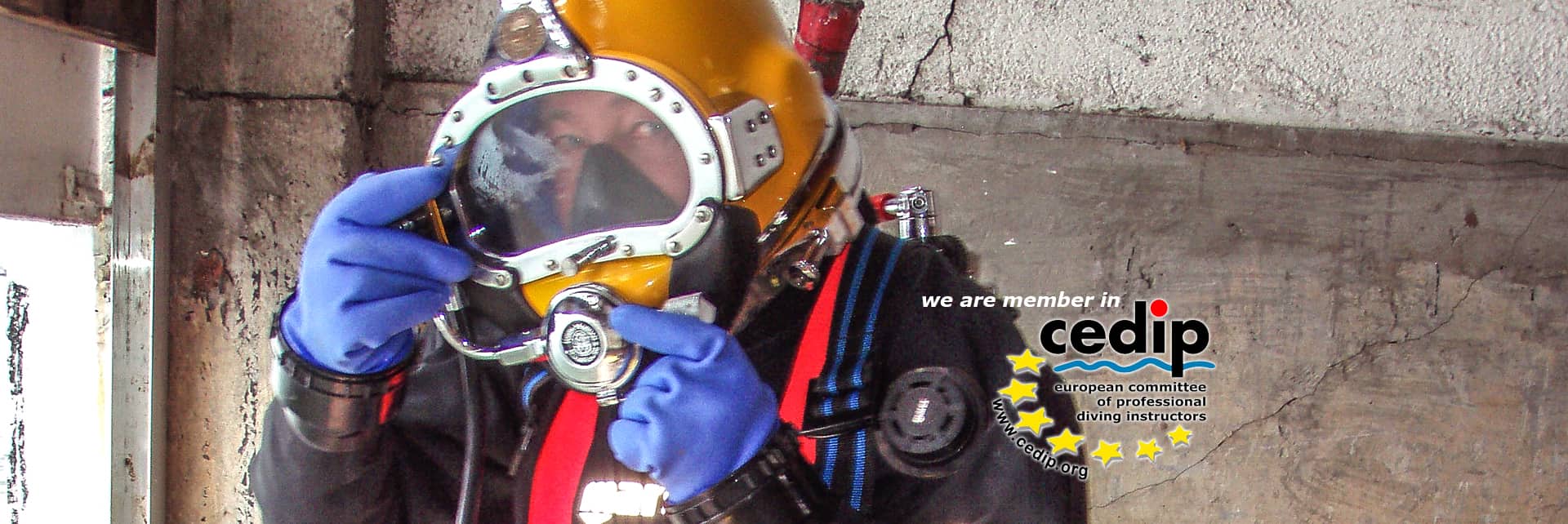Diving medicine (© by Dr. Gerd Jakob)
Scuba diving began 50 years ago, initially as a sport for adventurers and daring pioneers with self-made diving equipment and a good deal of courage.
With the development of modern compressed air equipment , to which the Austrian Hans Hass also made a not insignificant contribution (he is often referred to as the inventor of the regulator), diving began to boom as a popular sport, probably also due to the increasing mobility and the ability to pay for diving tourists.
In the seventies, the local “diving scene” changed into a real popular sport for everyone. Recreational diving with pressurized gas equipment is neither dangerous nor excessively strenuous, nor is it a competitive sport.
However, we should bear in mind that we are moving and staying in a medium for which we are not “built” . Submersion in a liquid, called immersion, imposes a plethora of physiological changes and stresses on our bodies that do not exist under normal atmospheric pressure conditions and that must be taken into account.
The basics of diving medicine deal with these “unphysiological” changes in order to make diving as safe as possible.
An important question that every prospective diver should ask concerns general fitness criteria (modified from “Tauchkeit, Manual”, September 2001):
- Able to swim independently
- able to communicate
- Mental maturity that can ensure personal responsibility
- Exclusion of conditions that can cause clouding of consciousness or disorientation
- Exclusion of conditions whose symptoms easily cause panic
- Exclusion of conditions that can cause barotrauma
- Exclusion of conditions that may be aggravated by diving
- exclusion of pregnancy
Information and further details:
dr Gerd JAKOB
Licensed doctor for diving and compressed air work
jakob@aucheraerzte.at
Literature and sources by the author
